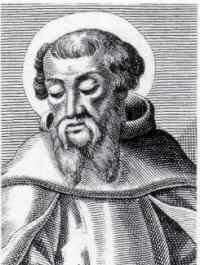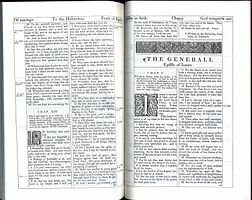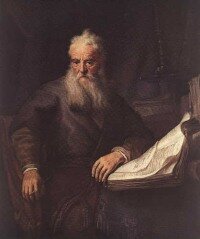 The Oral Tradition, Oral Torah, or Oral Law (Hebrew: תורה שבעל פה, Torah she-be-`al peh), according to Rabbinic Judaism, is an oral tradition received in conjunction with the written Torah (and the rest of the Hebrew Bible), which is known in this context as the "Written Torah" (Hebrew: תורה שבכתב, Torah she-bi-khtav). The traditions of the Oral Torah are believed to be the same as those recorded in the Mishnah and Talmud during the 2nd-5th centuries CE.
The Oral Tradition, Oral Torah, or Oral Law (Hebrew: תורה שבעל פה, Torah she-be-`al peh), according to Rabbinic Judaism, is an oral tradition received in conjunction with the written Torah (and the rest of the Hebrew Bible), which is known in this context as the "Written Torah" (Hebrew: תורה שבכתב, Torah she-bi-khtav). The traditions of the Oral Torah are believed to be the same as those recorded in the Mishnah and Talmud during the 2nd-5th centuries CE.According to classical Judaism and the tenets of Orthodox Judaism, Moses and the Jews at Mount Sinai received an Oral as well as a written Torah ("teaching") from God. The books of the Tanakh (Hebrew Bible) were relayed with an oral tradition passed on by the scholarly and other religious leaders of each generation, and according to classical Rabbinic interpretation, the teachings of the Oral Law are a guide to that interpretation of the Written Law which is considered the authoritative reading. Jewish law and tradition thus is not based on a strictly literal reading of the Tanakh, but on combined oral and written traditions. Further, the basis of halakha (Jewish law) includes the premise that the Written Law is inherently bound together with an Oral Law. The "Oral Law" was ultimately recorded in the Talmud and Midrash.
Early Christian church
There was also an oral tradition in the early Christian Church.In that over 90% of the material in John’s Gospel is unique, not found in the other gospels, the question of sources and how John is using them becomes prominent. It is our contention that John’s Gospel was written at about the same time as Matthew and Luke, for the evangelist shows virtually no awareness of the material found in the other gospels (typically common oral traditions being an exception). But if John did not get his material from these other sources, where did he get it from and why do they not employ it in their gospels? In particular, how is it possible that Luke, who spent two years in Palestine doing research for his Gospel, did not gain access to John’s pre-publication draft? It seems either that John’s circle was quite small—hence, the oral traditions generating from him made little impact on the mainstream of the gospel compilers; or else John drastically altered the shape of the material, packaging it for the hellenized audience of Asia Minor. We believe that the truth involves both of these possibilities. Our argument will accordingly be shaped by this consideration.
-Daniel B. Wallace
"The very basis of Irenaeus' five volume Against Heresies is that the leaders of the Church knew but one oral tradition, and that oral tradition had been delivered to them by the Apostles. He vehemently argued that anyone who disagreed with the oral tradition of the Chruch was, by definition, a heretic.".
-Larry D. Harper
More...


























